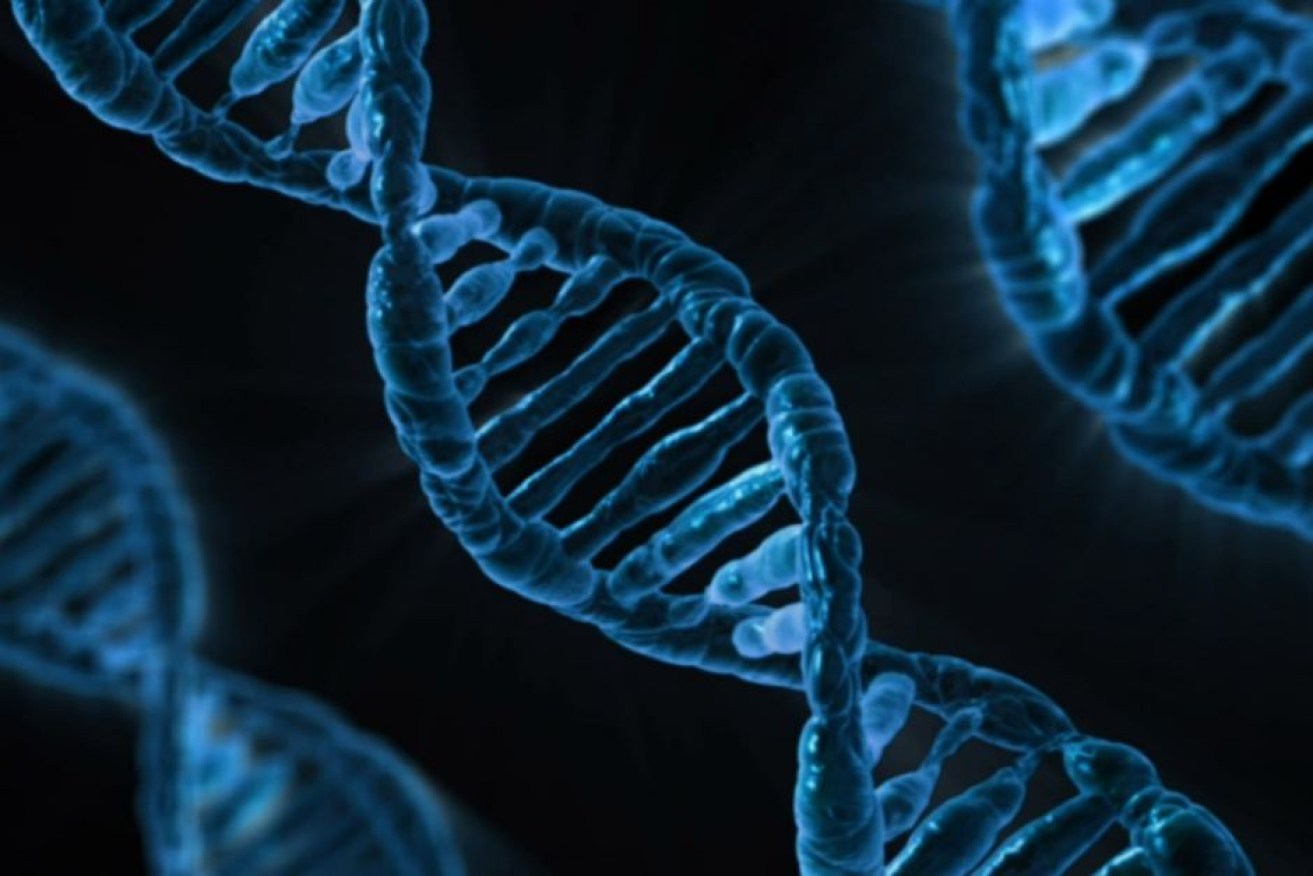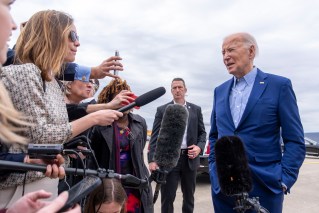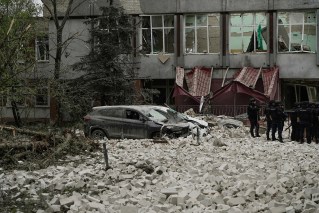DNA repair discovery could lead to reverse ageing, cancer drugs, help space travel

Scientists say they are "excited" to begin human testing the discovery. Photo: Pixbay
A drug to reverse ageing and treat cancer may be a step closer after a team of scientists identified a critical step in how cells repair damaged DNA.
Their discovery could even help survivors of childhood cancers and help NASA get astronauts to Mars.
“For most of the 20th century we knew that our [cells’ ability to repair DNA gets worse over time] and we get old and it’s the main reason we get cancer,” Harvard and UNSW professor David Sinclair said.
“So what we’ve discovered is the reason why.”
Published in the journal Science, the international team identified how a vitamin called NAD+ was regulating the interactions that control DNA repair.
The scientists said experiments showed that when mice were given an NAD+ booster called NMN, their cells were better at repairing DNA damage caused by radiation exposure and ageing.
“We took old mice that were 20 months old which is [equivalent to] a 60-70-year-old human and we gave them NMN and we found that… many aspects of ageing were reversed,” Professor Sinclair said.
“Their DNA repair activities went up to youthful levels and they were more resistant to radiation and should therefore be more protected against cancer and ageing itself.
“Essentially every aspect of their ageing process that we looked at is reversed in about a week so we’re very excited to see if this actually happens in people when we test it in the next couple of months.”
Human trials of NMN therapy will start in Boston in the next six months.
“Then we should be able to go into the next studies which we’re hoping to do in the US and in Australia and then we really get serious,” Professor Sinclair said.
“We start looking at how fast people can walk, how strong they are and then eventually we want to get this molecule on the market as a drug to treat a disease like cancer, Alzheimer’s or diabetes.”
Professor Sinclair and his colleague Dr Lindsay Wu are working on making NMN into a drug substance.
NASA sees potential for Mars mission
NASA — which is investigating a manned Mars mission — is very keen on the research because the gruelling two-year journey would expose its astronauts to significant levels of cosmic radiation.
The University of New South Wales said on a trip to Mars they estimate 5 per cent of the astronauts’ cells would die and would have an almost 100 per cent chance of getting cancer.
“It’s quite a scary thing because cosmic radiation can get into their spaceship and bounce around causing significant DNA damage and so the only solution for that at the moment is to have thicker and thicker lead shielding on the outside of the spacecraft,” Dr Wu said.
“We’ve managed to get a contract through NASA and this therapy hopefully will be on the mission to Mars given those astronauts have to be in space for two years in each direction.”
The discovery could also help survivors of childhood cancers, who can suffer what Dr Wu terms “accelerated ageing”.
“Up until very recently we haven’t really known what the health of childhood cancer survivors was like because quite frankly we didn’t have enough of them surviving it,” he said.
“So the health, the long-term health of these cancer survivors is of great concern… so what this finding is useful for is improving the DNA repair following for example radiation therapy.”
– ABC








